Call and Book Your Hotel Now!
Domestic Toll-Free for US and Canada: 1-800-997-1438
Worldwide: +1-817-983-0682
Rio de Janeiro's natural beauty extends beyond its famous beaches, encompassing lush green parks and wildlife.
The city's crown jewel is the Tijuca National Park, an urban rainforest. It boasts of lush trails, cascading waterfalls, and abundant wildlife. You can encounter toucans, monkeys, and other tropical creatures in their natural habitat. Adventure seekers can go on a hiking tour to the top of Sugarloaf Mountain or Pedra Da Gavea granite mountain.
Along with botanical gardens and tranquil parks within the city, Rio de Janeiro's commitment to preserving its natural heritage is astonishing. Rio is a city where nature and culture coexist.
.jpg)
The Rio de Janeiro Botanical Gardens (Jardim Botânico do Rio de Janeiro) are a lush oasis of tranquillity in the city's heart, where man and nature coexist perfectly. This 140-acre expanse is a paradise for nature enthusiasts and plant lovers. Various wild animals and birds coexist well with around 8200 plant species. Its central feature, the towering Royal Palm Avenue, creates a canopy leading to the glasshouse showcasing exotic orchids and rare plants.
The gardens are also home to a collection of native and international plant species, all set against the backdrop of the Christ the Redeemer statue and the Tijuca Forest, making it a serene and educational retreat.

Experience the world's largest urban forest through an open-top Jeep ride. The tour is followed by a relaxed hike, offering close-up views of wild animals and plants. It's a family-friendly tour overflowing with photo opportunities!
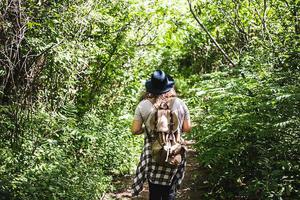
After pickup from your Rio-area hotel by a minivan, head to the Tijuca Rainforest with an experienced tour guide to begin your hiking tour. Before you start, your guide will give you a brief overview of hiking tips and safety and then lead you to a beautiful waterfall near the park entrance.
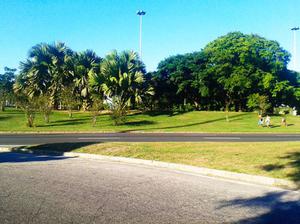
Flamengo Park, (Aterro do Flamengo/ Eduardo Gomes Park/ Aterro do Brigadeiro Eduardo Gomes) is a serene urban oasis in the heart of Rio de Janeiro. It is the largest public park and recreation area within the city and the largest urban seaside park in the world. This vast green space along Guanabara Bay offers respite from the city's lively urban energy. Its palm-lined walkways, cycling paths, and recreational areas make it a favourite spot for strolls, picnics, and outdoor activities. The park's backdrop features stunning views of Sugarloaf Mountain and the bay.
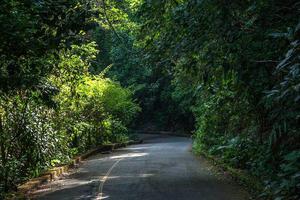
The Tijuca Forest, or Floresta da Tijuca, is a beautiful green area within Rio de Janeiro and the world's largest urban rainforest. It is home to hundreds of Amazonian species of plant and animal life. Trails wind through the dense foliage, leading to breathtaking waterfalls, serene pools, and diverse wildlife, including tropical birds and playful monkeys.
It's a place where hikers, nature lovers, and adventure seekers can immerse themselves in the vibrant and unspoiled beauty of Rio's Tijuca Forest. The park's summit, where the symbolic Christ the Redeemer statue is situated, offers fantastic views over the city and ocean. Every year, millions of tourists visit this fantastic forest to discover the wildlife.
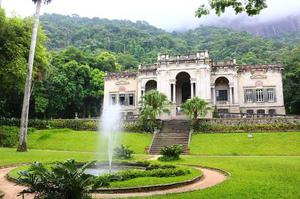
Located at the base of Corcovado Mountain in Rio de Janeiro, Parque Lage is a nice blend of nature and culture. The park surrounds a beautiful historic mansion that houses the Escola de Artes Visuais (School of Visual Arts). Due to the lush subtropical forests, contemporary art installations, and tranquil ambience, Parque Lage is a haven for artists and nature enthusiasts.
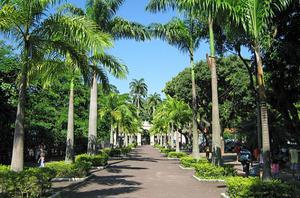
The Rio de Janeiro Zoological Garden (Jardim Zoológico do Rio de Janeiro), located within the Quinta da Boa Vista Park, is a fascinating destination for animal lovers and families. This well-maintained zoo is home to a diverse array of wildlife, both native and exotic, in a lush, green environment. Visitors can observe various species, from big cats to tropical birds, Brazilian Cerrado, Pantanal, Lear's macaw, harpy eagle, broad-snouted caiman, and maned wolf and learn about conservation efforts.